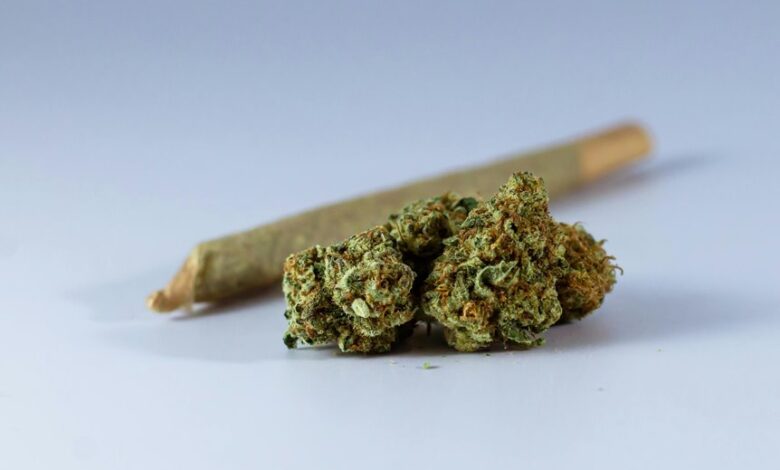Difference Between Cbd and Cbn

The distinction between CBD and CBN lies in their chemical structures and resultant effects. CBD, with its hydroxyl group, is often associated with anxiety relief and wellness enhancement. In contrast, CBN, characterized by a ketone group, is primarily recognized for its sleep-inducing properties. Their sources also vary, influencing their legal status and market presence. Understanding these differences can inform choices for those seeking specific benefits from cannabinoids.
Chemical Structure and Properties
The chemical structures of cannabidiol (CBD) and cannabinol (CBN) exhibit distinct arrangements of atoms that contribute to their unique properties and effects.
The molecular composition of CBD includes a hydroxyl group, while CBN features a ketone group, influencing their chemical interactions.
These variations in structure result in differing solubility and reactivity, underscoring the importance of molecular characteristics in understanding these cannabinoids' potential applications.
Effects and Benefits
Understanding the chemical structures of CBD and CBN lays the groundwork for exploring their effects and benefits.
CBD is recognized for its therapeutic potential in alleviating anxiety and promoting overall well-being, while CBN is often highlighted as an effective sleep aid.
Together, they contribute to a nuanced understanding of cannabinoid applications, offering varied benefits that cater to individual needs for health and wellness.
Sources and Extraction
Cannabinoids like CBD and CBN are derived from the cannabis plant, with their sources and extraction methods playing a crucial role in their availability and quality.
CBD is primarily extracted from hemp strains, while CBN often originates from aged cannabis.
Common extraction methods include CO2 extraction, ethanol extraction, and olive oil extraction, each impacting the purity and potency of the final product.
Legal Status and Availability
While the legal status of cannabinoids varies significantly across jurisdictions, CBD and CBN are subject to different regulations that influence their availability.
CBD is widely legalized, often available in various forms due to favorable legal regulations.
In contrast, CBN's market availability remains limited, with some regions imposing stricter controls, reflecting its lesser-known status and ongoing research surrounding its potential benefits and uses.
Conclusion
In summation, the differentiation between CBD and CBN is marked by their distinct chemical structures, effects, and sources. CBD, with its hydroxyl group, primarily offers anxiety relief and wellness benefits, whereas CBN, characterized by a ketone group, serves predominantly as a sleep aid. As the market continues to evolve, the legal status and availability of these cannabinoids, akin to the shifting tides of commerce in a bygone era, will shape their respective roles in therapeutic applications.






